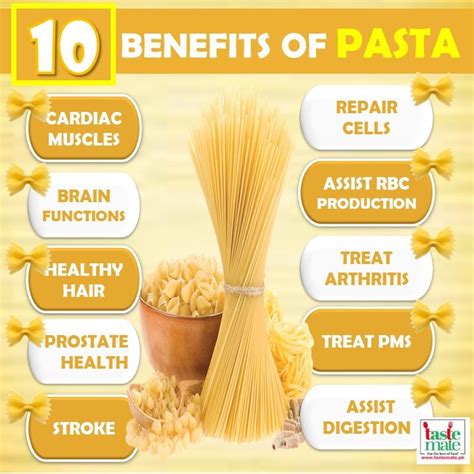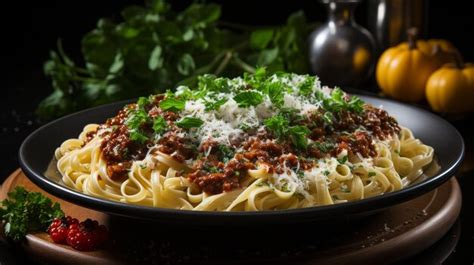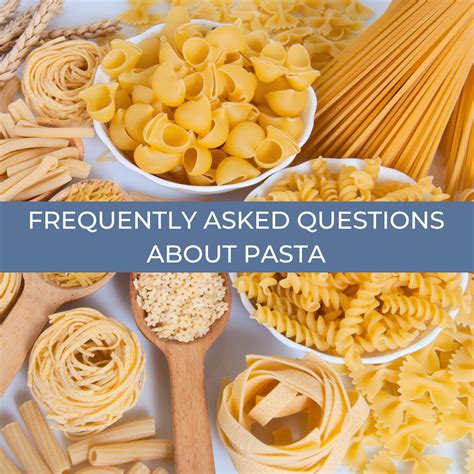Intro
Explore the nutritional benefits of pasta, a complex carb, and discover if its a healthy addition to a balanced diet, considering whole grains, fiber, and calorie intake.
Pasta has long been a staple in many cuisines around the world, particularly in Italian and Mediterranean cooking. It's a versatile and delicious food that can be prepared in countless ways, from simple spaghetti dishes to complex lasagna recipes. However, when it comes to the healthiness of pasta, opinions tend to be divided. Some people view pasta as a nutritious and wholesome food, while others see it as a culprit behind weight gain and various health problems. In this article, we'll delve into the world of pasta and explore its nutritional benefits and drawbacks, helping you make informed decisions about including it in your diet.
The importance of understanding the health implications of pasta lies in its widespread consumption. Pasta is a popular food globally, with millions of people enjoying it as a regular part of their meals. Whether you're a pasta lover or just an occasional consumer, it's essential to know how it affects your body and what you can do to make your pasta dishes healthier. From the types of pasta to the sauces and toppings you choose, every element plays a role in determining the nutritional value of your pasta meals. By exploring these aspects in depth, you'll be better equipped to navigate the world of pasta and make choices that support your health and well-being.
The nutritional profile of pasta can vary significantly depending on the type of flour used to make it, the cooking method, and any additional ingredients. Traditional pasta made from refined flour is often criticized for its high carbohydrate content and lack of essential nutrients. However, whole-grain pasta and pasta made from alternative flours like quinoa or chickpeas offer a nutritional boost, providing more fiber, protein, and vitamins. Understanding these differences is crucial for making informed decisions about the pasta you eat and how you prepare it. Whether you're looking to manage your weight, improve your overall health, or simply enjoy a satisfying meal, the choices you make regarding pasta can have a significant impact.
Benefits of Pasta

Nutritional Value of Pasta
The nutritional value of pasta varies depending on the type and ingredients used. Here are some key nutrients found in different types of pasta: - Whole-grain pasta: High in fiber, iron, and B vitamins. - Quinoa pasta: Rich in protein, fiber, and minerals like magnesium and iron. - Vegetable-based pasta: Offers a range of vitamins and minerals, depending on the vegetable used (e.g., spinach pasta is high in iron and vitamins A and K).Working Mechanisms of Pasta

Steps to Making Healthy Pasta Choices
To make the most of pasta's health benefits, follow these steps: 1. **Choose whole-grain pasta**: Opt for pasta made from whole grains like brown rice, quinoa, or whole wheat to increase your fiber and nutrient intake. 2. **Select a variety of sauces**: Instead of relying on high-sugar tomato sauces, experiment with pesto, olive oil, and garlic, or try vegetable-based sauces. 3. **Add plenty of vegetables**: Incorporate a range of colorful vegetables into your pasta dishes to boost the vitamin and mineral content. 4. **Incorporate lean proteins**: Add lean proteins like chicken, turkey, or tofu to make your pasta meals more satisfying and supportive of muscle health. 5. **Watch portion sizes**: Be mindful of your pasta portion sizes to avoid overconsumption of carbohydrates and calories.Practical Examples and Statistical Data

Key Statistics
- The average American consumes about 20 pounds of pasta per year. - Whole-grain pasta can contain up to 6 grams of fiber per serving. - Pasta is a good source of several B vitamins, including thiamin, folate, and niacin.FAQs About Pasta

Is pasta good for weight loss?
+Pasta can be part of a weight loss diet if consumed in moderation and paired with nutrient-dense sauces and toppings. Whole-grain pasta is a better choice due to its higher fiber content.
Can pasta be included in a gluten-free diet?
+Yes, there are gluten-free pasta options made from ingredients like rice, quinoa, or corn. These alternatives can be a great option for individuals with gluten intolerance or celiac disease.
How often should I eat pasta for optimal health benefits?
+The frequency of pasta consumption depends on individual health goals and dietary needs. As a general guideline, consuming pasta 2-3 times a week, in moderation, can be part of a balanced diet.
Conclusion and Next Steps

